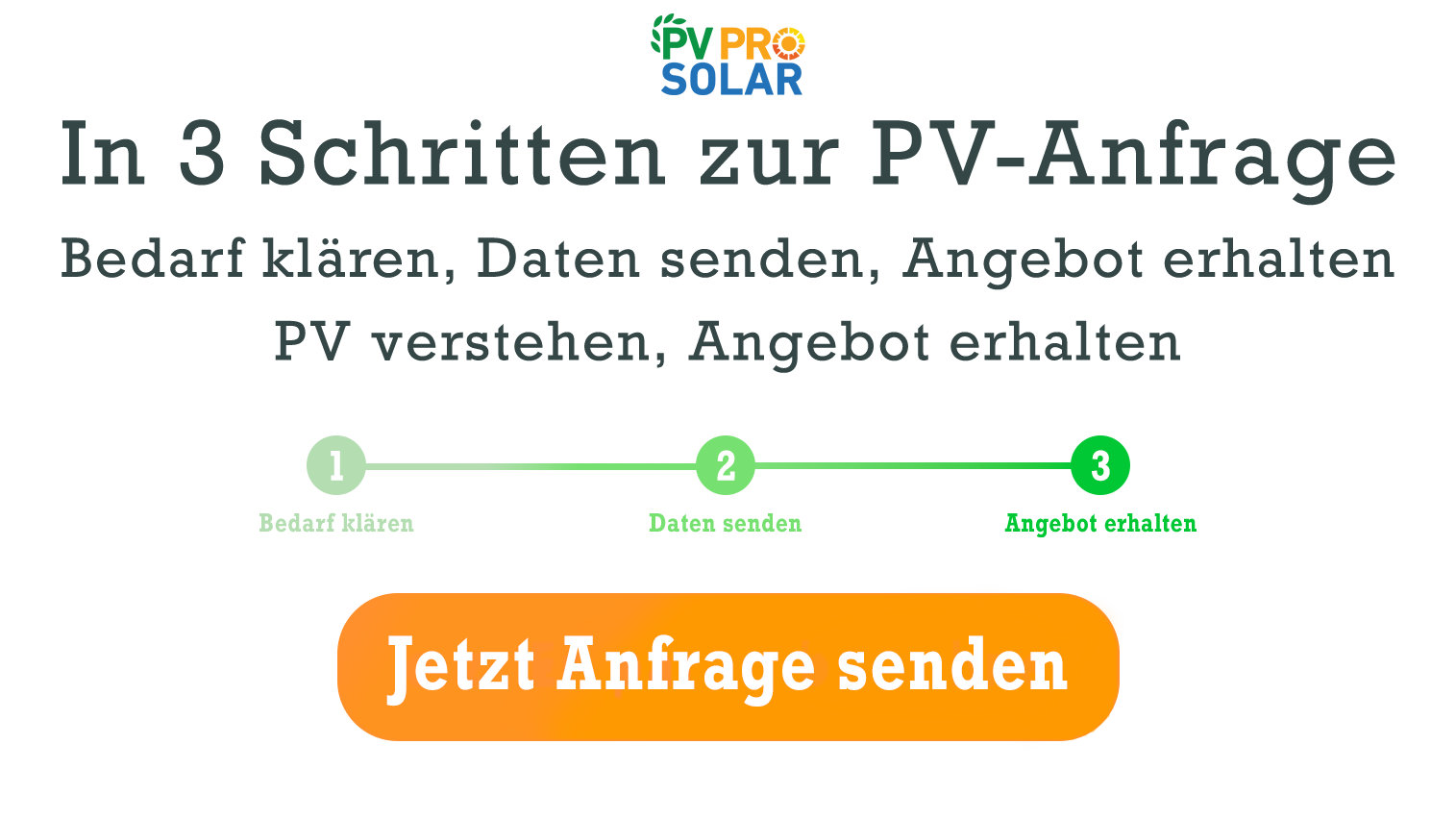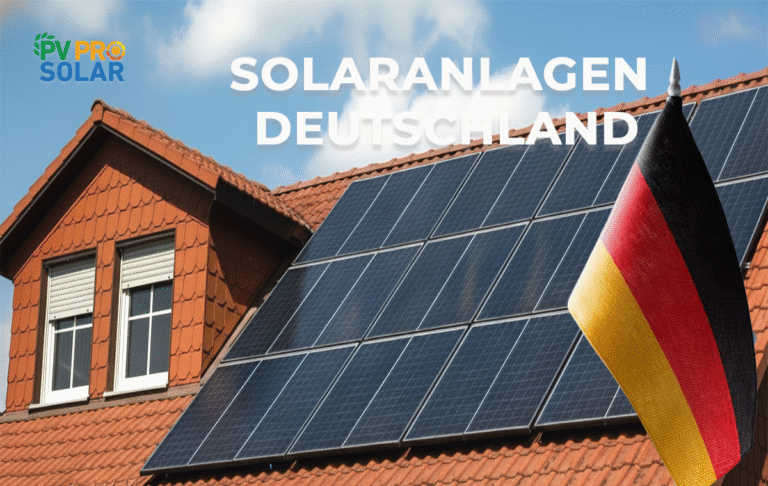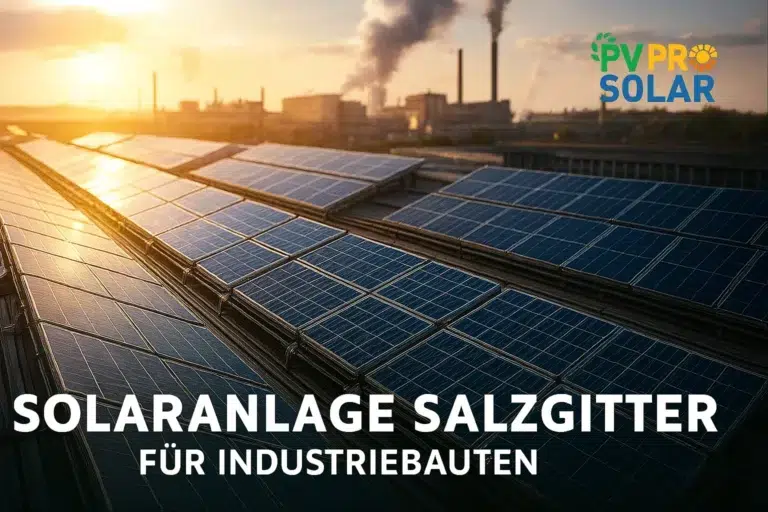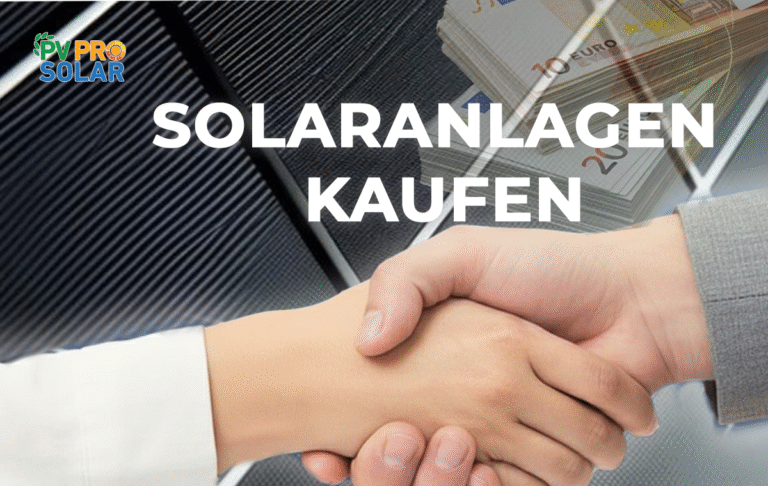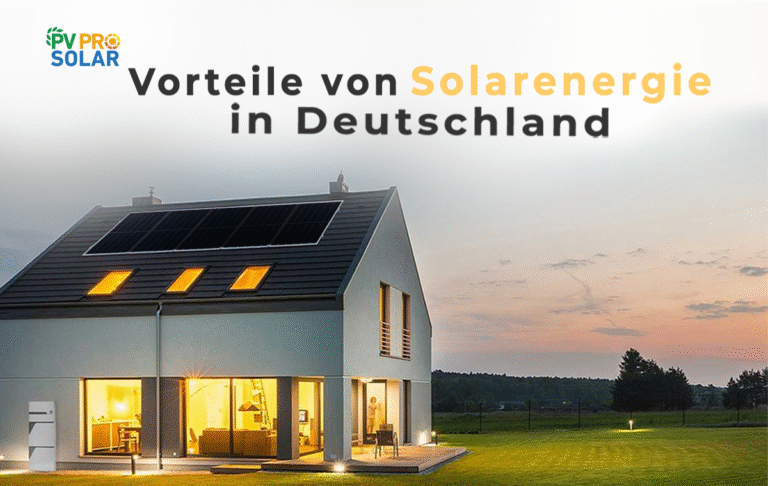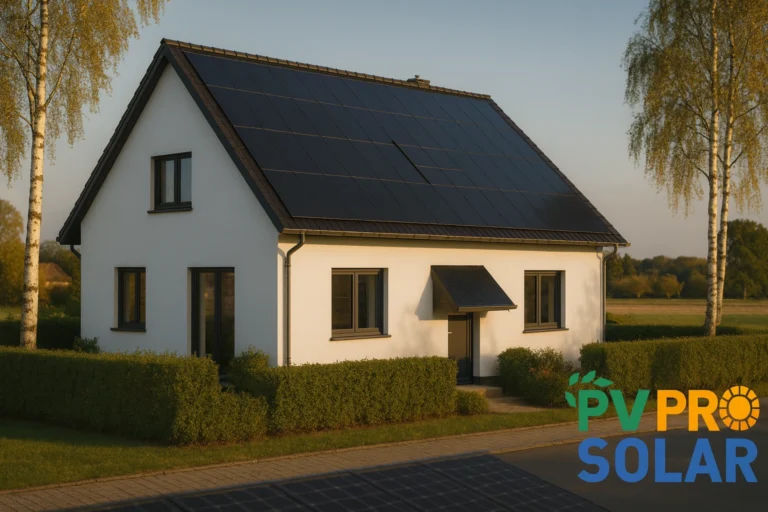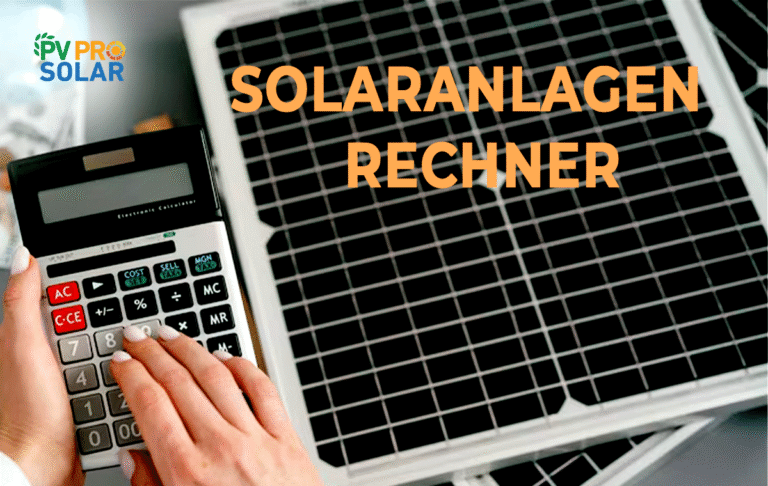Solar Systems in Germany – Figures, Market Leaders, Trends, and Opportunities in 2026
Germany’s solar energy market has been experiencing a historic boom since 2023. After years of moderate growth, the energy transition—driven by geopolitical shifts and the introduction of the new Solar Package has triggered a wave of massive investment. Millions of households and businesses are now installing their own PV systems to reduce electricity costs and gain independence from traditional energy providers.
What’s especially remarkable is that Germany’s installed solar capacity is expected to exceed 100 GWp by 2025. This places the country first in Europe and among the top five globally. But what’s driving this success—and what opportunities does it create for consumers and businesses?
How Many Solar Systems Are Installed in Germany?
The number of solar systems in Germany has skyrocketed in recent years. According to the latest figures from the Federal Network Agency, over 1.3 million new systems were installed in 2024 alone. In total, more than 4.5 million PV systems are now connected to the grid.
This surge reflects not only greater environmental awareness but also the growing economic appeal of photovoltaics. Many homeowners are opting for small rooftop systems with battery storage, while businesses are increasingly investing in large-scale systems to power their operations with solar energy.
The distribution of solar systems across Germany shows a clear pattern: southern Germany—especially Bavaria and Baden-Württemberg—continues to lead, followed by North Rhine-Westphalia and Lower Saxony. However, regions in the north, such as Schleswig-Holstein, are rapidly catching up, thanks to improved incentives and enhanced grid capacity.
What Role Do German Manufacturers Play on the International Stage?
Despite strong competition from Asia, German solar manufacturers continue to hold their ground through a focus on quality, reliable warranties, and technological innovation. While Chinese suppliers lead in production volume, German companies excel in precision engineering and long-term performance.
One example is Luxor Solar, which develops modules tested for extreme weather conditions and offers warranties of up to 30 years. Additionally, the integration of smart home and energy management solutions helps optimize self-consumption.
This strategy strengthens the global position of German manufacturers, particularly in export markets across Europe, North Africa, and the Middle East.
How Is Solar System Coverage Distributed Across Germany?
The total surface area covered by solar systems in Germany has expanded significantly in recent years. PV systems now span approximately 360 square kilometers—about the size of Munich. The trend is clear: while rooftop systems on single-family homes dominate, large-scale solar parks are increasingly being developed on decommissioned industrial sites or alongside highways.
A particularly innovative development is the rise of agrivoltaics, where farmers combine crop cultivation with PV modules, allowing for simultaneous energy production and agriculture. This approach not only boosts land-use efficiency but is also actively supported by government subsidy programs.
What New Solar Technologies Are Shaping the Market?
The solar industry is undergoing a technological transformation. Today’s solar systems go far beyond traditional rooftop setups—they now incorporate battery storage, EV charging points, and smart control systems.
Three key trends are currently emerging:
- Hybrid inverters with storage: Combining solar power, batteries, and backup power capabilities for greater energy independence.
- Bifacial modules: These panels capture sunlight from both sides, boosting energy output by up to 15%.
- Building-integrated photovoltaics (BIPV): Solar modules are embedded directly into facades or roof tiles—offering both aesthetic and functional advantages.
These innovations are making solar systems in Germany more efficient, durable, and visually appealing. They’re particularly relevant for new construction and renovation projects.
How Are Tradespeople and Service Providers Benefiting from the Solar Boom?
Demand for installers, electricians, and energy consultants is soaring. The growing number of projects requires seamless collaboration—covering everything from planning to installation to maintenance.
Companies that invested early in training and specialization are now among the biggest winners of the solar boom. While installing a solar system requires technical expertise, standardized systems and digital tools are making the process increasingly fast and efficient.
Even smaller solar firms in Germany are thriving. Many now offer complete energy packages—including battery storage, heat pumps, and EV wall boxes—supporting the regional energy transition at the grassroots level.
What Does the Future Hold for Solar Energy in Germany?
The market’s outlook remains highly dynamic. The German government has set ambitious goals: by 2030, the country aims to install 215 GW of photovoltaic capacity—more than doubling the current level in under six years.
For consumers, this translates into more funding opportunities, faster permitting processes, and a growing number of qualified service providers. Increased competition among solar companies in Germany is expected to drive further innovation. At the same time, the prices for modules and battery systems continue to fall—making solar systems even more cost-effective.
Why Is Now the Right Time to Invest in Solar?
Installing your own PV system today is not just an ecological choice—it’s also a smart financial one. With rising electricity prices and attractive feed-in tariffs, most systems pay for themselves within 8 to 10 years.
Banks and energy agencies also support solar investments through low-interest loans and subsidies. Whether rooftop, balcony, or facade systems—the barrier to entry has never been lower.
Key Developments at a Glance
In summary, the German solar market has evolved from a niche segment into a cornerstone of national energy supply:
- The number of solar installations in Germany is growing at a double-digit rate each year.
- German market leaders like Luxor Solar focus on quality and sustainability.
- New technologies are improving both efficiency and design.
- Tradespeople and small firms are benefiting from surging demand.
- Solar adoption is becoming widespread, including in northern Germany.
Germany is leading the global energy transition—and is well positioned to strengthen that leadership in the years ahead.
Invest in Solar Energy Now with PVPro Solar
Germany’s solar boom is no passing trend—it represents a long-term shift. Those who act now will benefit for years to come: through energy independence, increased property value, and lower energy costs.
PVPro Solar GmbH will guide you on your journey to your own solar solution—from consultation and planning to professional installation.
Visit PVPro Solar GmbH today and get your free quote!
Over 4.5 million solar systems are currently operational in Germany, with strong growth continuing.
Yes—absolutely. Thanks to falling module prices, attractive incentives, and rising energy costs, PV systems typically pay for themselves within 8–10 years.
Solar systems currently cover around 360 km² in Germany, with continued expansion through both rooftop and open-space installations.
German solar manufacturers are known for strict quality standards, extensive warranties, and sustainable production—clear advantages over many imported systems. How many solar systems are currently installed in Germany?
Is it still worth installing a PV system in Germany?
How much land do solar systems cover in Germany?
Why are German solar systems considered particularly reliable?


